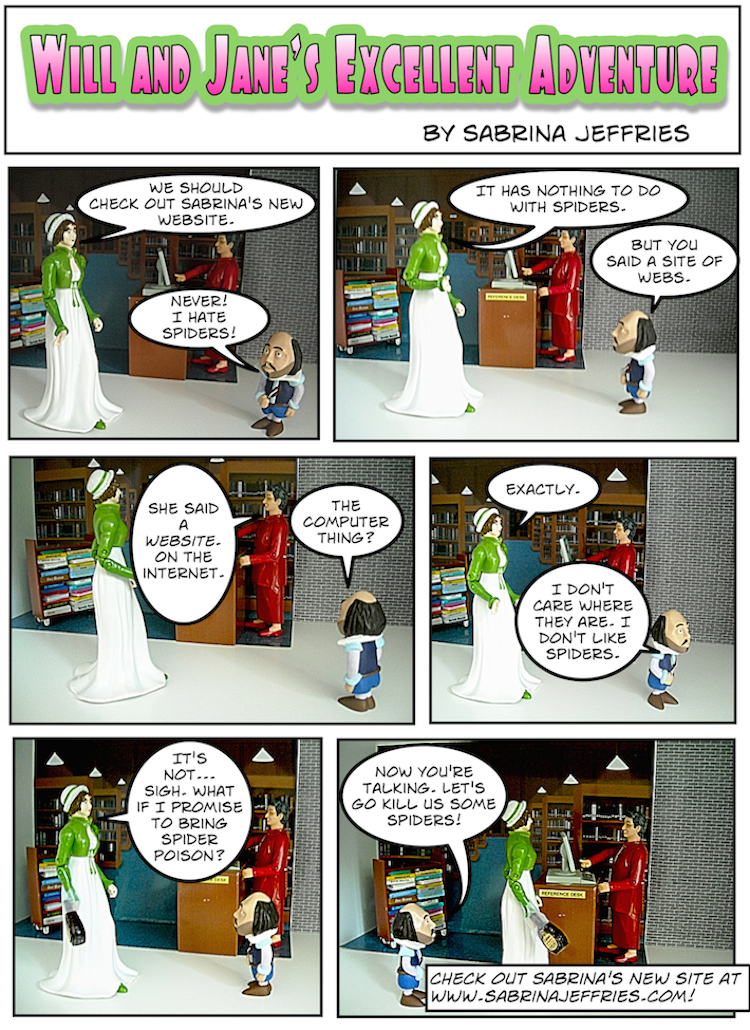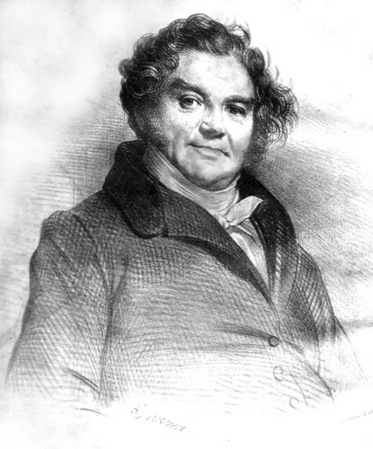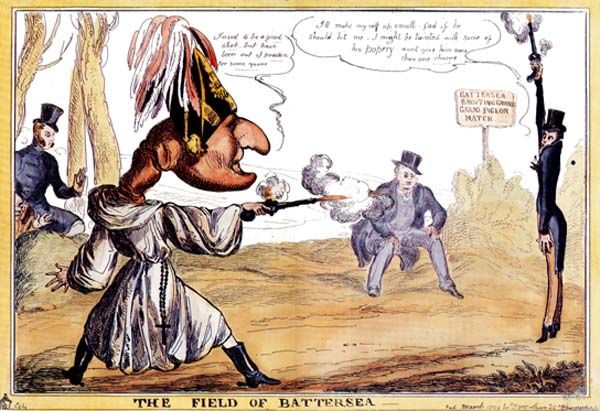Chocolate
While chocolate as we know it didn’t really exist in the Regency, there was a confectioner named Guglielmo Jarrin who created eggs out of rock sugar. He also had a recipe for created transparent hollow eggs of sugar that could then be filled with yellow cream so they resembled real eggs ala Cadbury Crème Eggs. I wish I could have seen these. They sound so cool! But there’s no way I could make them, even if I could find the lead moulds for them. If you want to try, however, you can check out The Italian Confectioner, available in its entirety online at Google Books.







